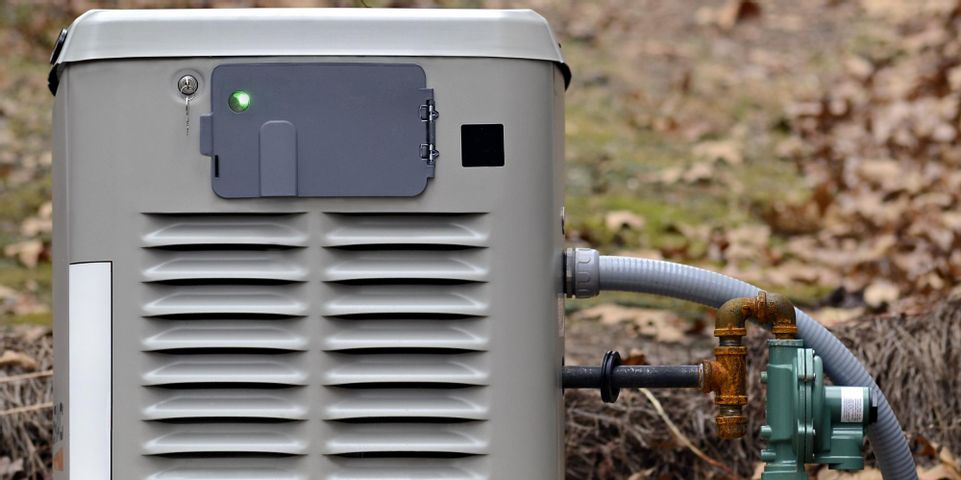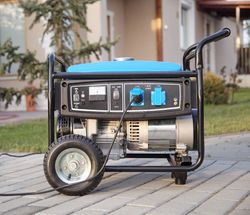3 Tips For Using Your Power Generator In a Storm

A power generator is a great tool to have in the event of a storm, as it’s an easy and reliable way to get power running during outages. By powering your appliances and mobile devices, your generator can help you stay safe, connected, and protected until the storm passes. To ensure your generator is ready and will be used appropriately in the event of an emergency, follow these steps.
Using Your Generator During Storms
1. Prepare Before Storm Season
A generator can be a big help in an emergency, but it won’t be able to do its job if it’s not well maintained. When you know a storm is approaching, inspect your generator for any damages and drain old fluids. Also, be sure to examine the fuel lines for cracks and replace any faulty parts. Once that’s done, fill it up with fresh fuel and store it somewhere safe.
2. Run Your Generator Outside
 Many generators produce carbon monoxide fumes that can be very dangerous to inhale. To keep your family safe, run your unit outdoors so the fumes won’t build up. If you need to run your generator inside, make sure you open as many windows and doors as possible to ventilate the area.
Many generators produce carbon monoxide fumes that can be very dangerous to inhale. To keep your family safe, run your unit outdoors so the fumes won’t build up. If you need to run your generator inside, make sure you open as many windows and doors as possible to ventilate the area.
3. Stay Away From Your Home Wiring
A common practice to avoid is plugging your generator into your home wiring. If you do this, the power that’s created by your system can “back-feed” into your power lines, endangering you, your neighbors, and service workers. Your power supply can also be damaged by doing this, which could leave you with no electricity until the storm passes.
If you’re looking for experts to service your generator before a storm, contact the technicians at Steve Hester & Sons, LLC in Ward, AR. They’ve been servicing the Little Rock metro area since 1992, with services ranging from HVAC repair and maintenance to home wiring and other electrical work. Visit their website to learn more about their services or call (501) 941-5119 to speak with a specialist today.
About the Business
(19 reviews)
Have a question? Ask the experts!
Send your question

